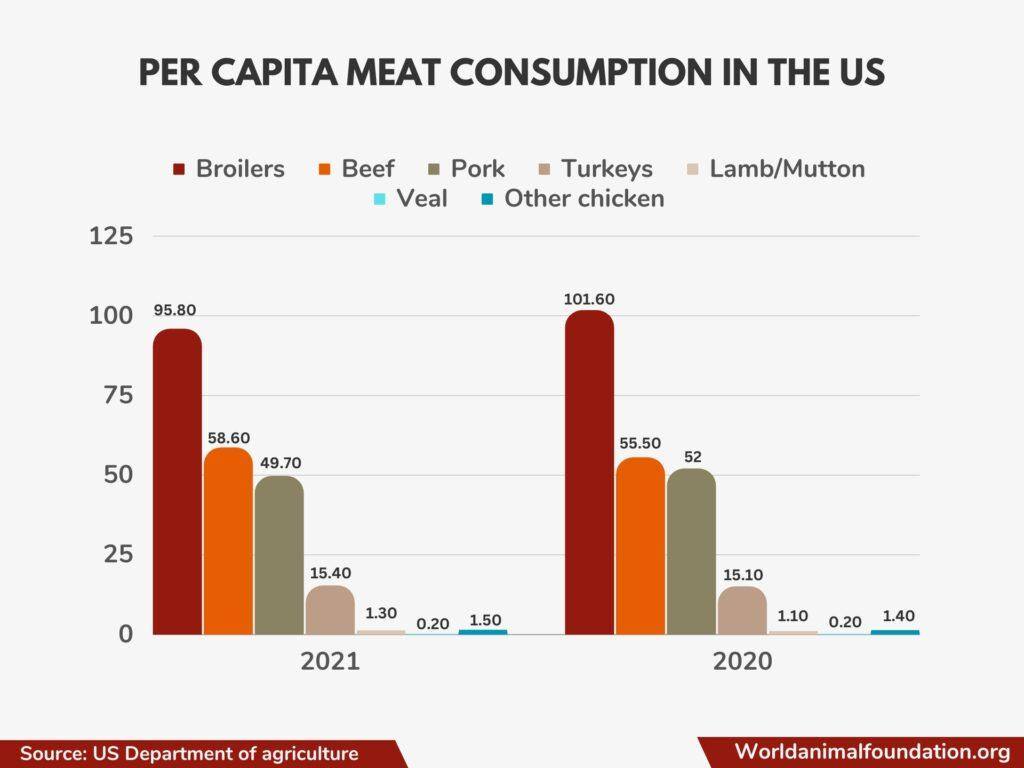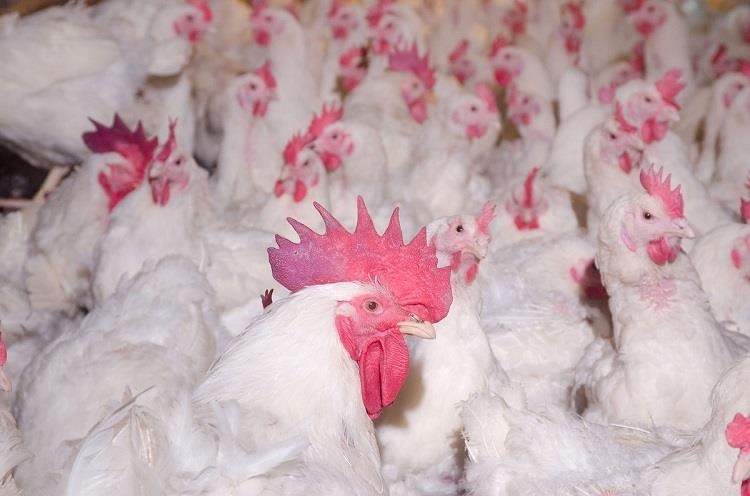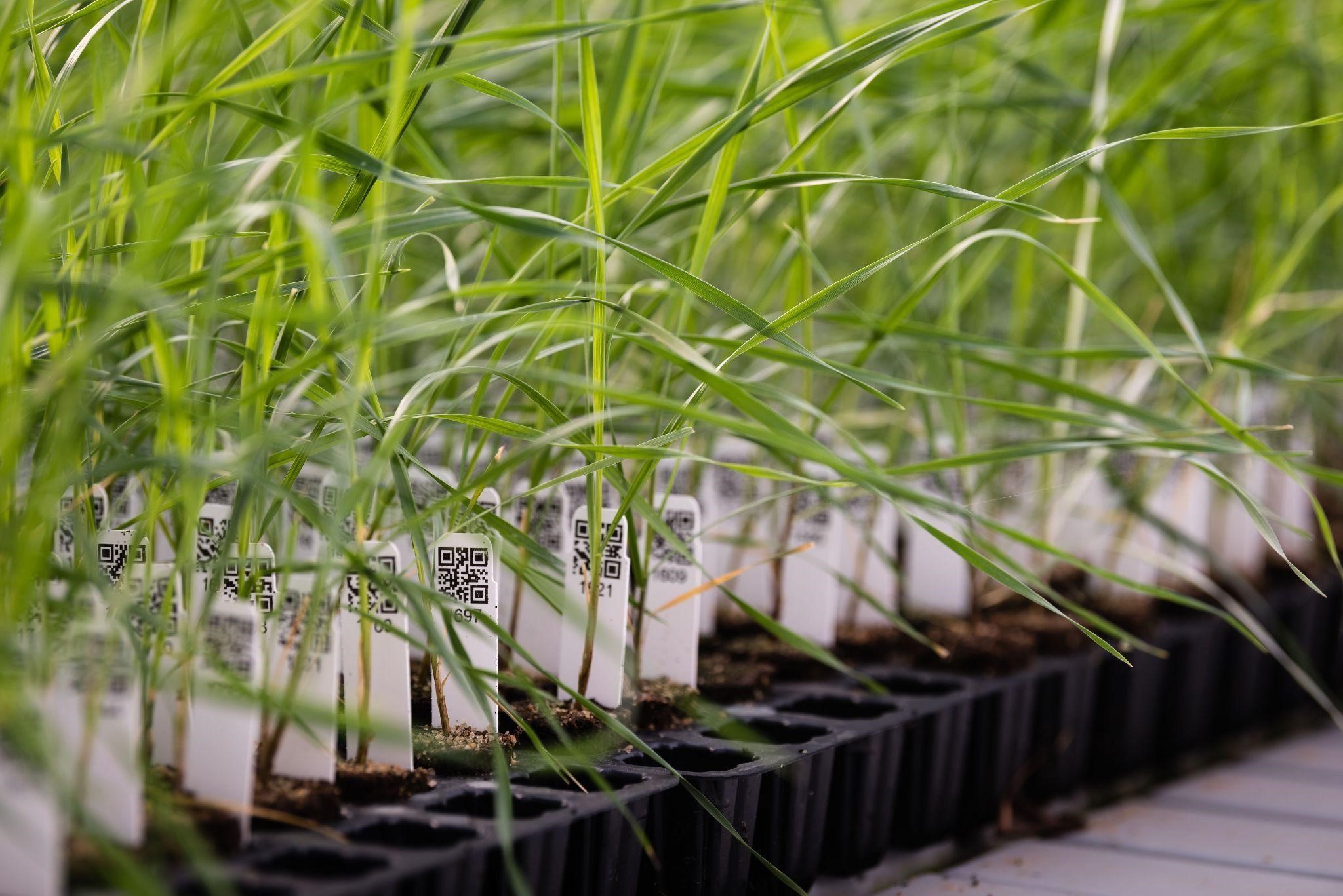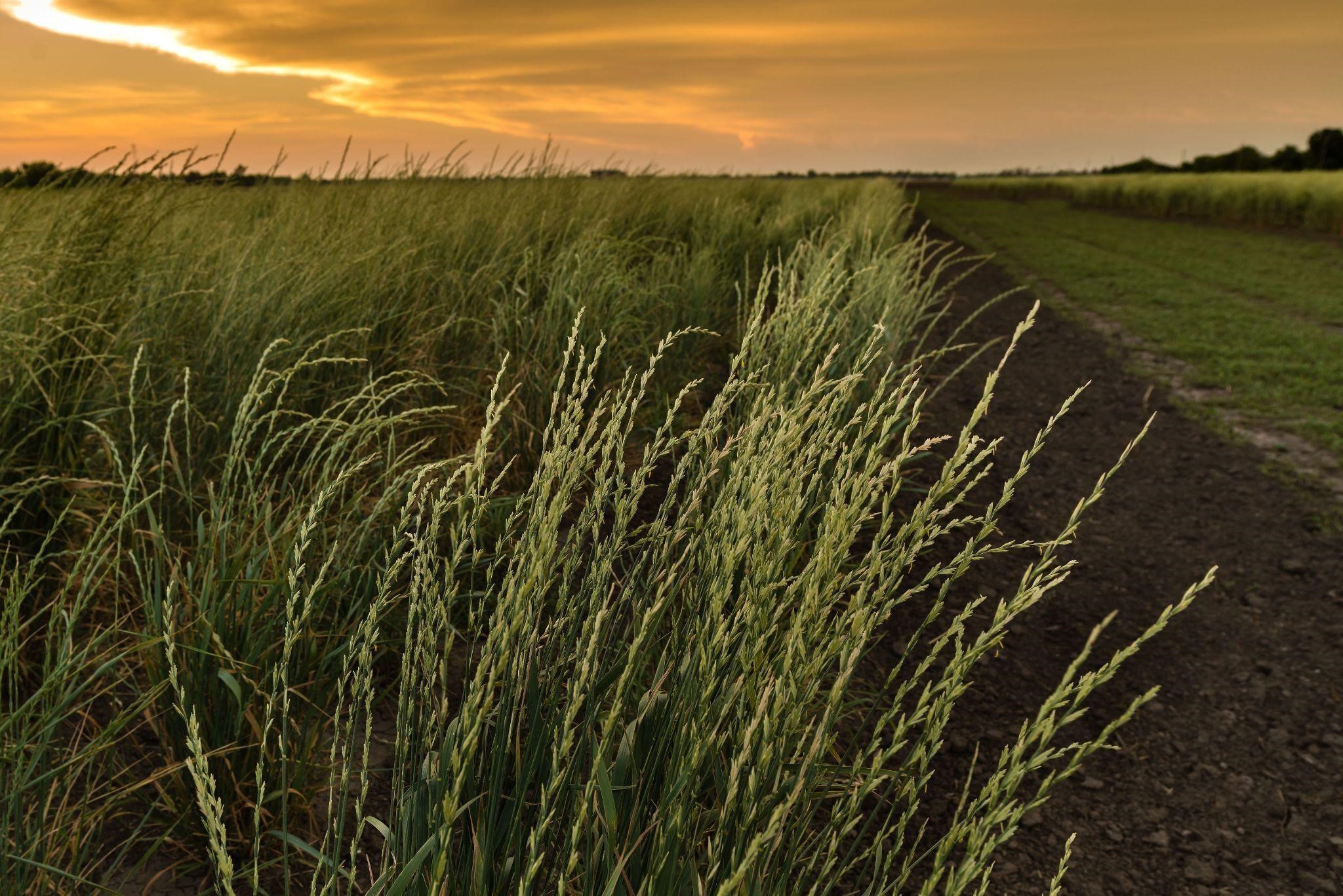
Kernza perennial grain
When soil is undisturbed by industrial land management practices, it stores more than just water—it also stores carbon, making it an effective tool for climate change mitigation. Plants grow through the process of photosynthesis by absorbing sunlight and carbon dioxide from the atmosphere and water from the soil and converting them into energy and oxygen. Eventually, some of that carbon ends up in the soil via the plant’s roots as they die off or transfer carbon to the soil microbes. The longer lifespan of perennial grain crops allows for well-developed root systems to extend deep into the ground, which helps maintain a healthy level of organic matter necessary to trap and store carbon. Perennial crops also provide the soil with continuous coverage from above, protecting it from soil erosion (deterioration of the fertile top layer) and further supporting its capacity for carbon sequestration as well as climate resilience. Other benefits of perennial grain crops include reducing soil erosion, improving nutrient retention, and promoting biodiversity.
The Land Institute is a well-established leader in the field of perennial crop development. The non-profit research organization develops farming practices that mimic natural systems. This approach, referred to as Natural Systems Agriculture, combines a return to traditional farming techniques with scientific advancements in plant breeding in order to work with the environment rather than against it. The two main objectives of Natural Systems Agriculture are to provide ample food and eliminate the negative impacts of industrial agriculture. While its focus is on perennial grains, The Land Institute is also working to produce perennial legumes, rice, and oilseed crops.
Natural Systems Agriculture is guided by research in ecological intensification. Chief Communications Officer Tammy Kimbler spoke with EESI to explain what ecological intensification is, and how The Land Institute is using it to develop a grain agriculture based on perenniality and diversity. “Ecological intensification aims to harness ecological processes to maintain fertility, keep pests and pathogens in check, and prevent the loss of soil, nutrients, and organic matter,” she said. “Scientists are researching perennial grain crops, like perennial cereals and legumes, and how to grow these perennial grains… to achieve ecological intensification in agriculture.”
For researchers at The Land Institute, natural perennial ecosystems like prairies are the gold standard for Natural Systems Agriculture. “This system contrasts with chemical-based input intensification responsible for increased industrial agriculture yields last century,” Kimbler stated.
The cost of tillage and planting operations for annual systems, as well as the high volume of seeds needed for replanting, can be an economic burden for farmers. There is also a great deal of labor required to replant annual crops after every harvest. Given all the benefits of perennials and the disadvantages of annuals, why are annual varieties of grain considered standard crops in modern agriculture? The answer is rooted in short-term reliability bolstered by policy incentives. Because of their short lifespan, annual grains are adept at growing quickly and producing high yields. The predictable results associated with annuals are encouraged by the U.S. Department of Agriculture (USDA) through their eligibility requirements for federal crop insurance, leaving farmers responsible for the financial risk if they transition away from annuals and other industrial agricultural practices.

The Land Institute’s Kernza research technician, Marty Christians, heads into the field for harvesting with interns Crystal Ma and Konilo Zio.
Despite these obstacles, perennial grains have made significant progress in the last two decades. In 2009, The Land Institute developed Kernza? perennial grain, the first commercially available and economically viable perennial grain crop. It is a domesticated version of wild intermediate wheatgrass (Thinopyrum intermedium) and can be used as a substitute for annual wheat. Kernza’s sweet and nutty flavor profile gives a distinctive characteristic to the wide range of food and beverage products it can be used for. The versatility of the grain, which has a weaker gluten than wheat flour, makes it a suitable ingredient for bread, cereals, beer, whiskey, and even ice cream.

Trays of Kernza plants in a greenhouse

Kernza ripens in a new breeding plot
Currently, there are just under 4,000 acres of Kernza being grown across the United States, primarily in Minnesota. While Kernza seed is much smaller than annual wheat seed, plant breeders at The Land Institute have doubled its size since the grain was first registered, which has also resulted in higher yields. In 2020, the USDA provided $10 million to help scale up the cultivation of Kernza.
Click here to see more...